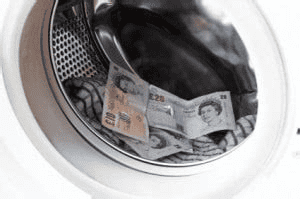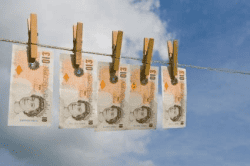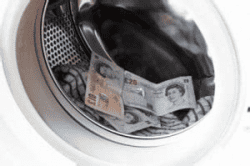One of the most common ways to conceal dirty money is through legitimate businesses. When money laundering is taking place, the process is complicated. A criminal will make it difficult for the government to trace the source of funds. This can be a tricky process, but if your business is careful, it can avoid it entirely. The process of money laundering typically involves a series of steps. First, dirty money is introduced into the financial system in small deposits. After a period of time, it’s dispersed or re-integrated into the economy.
As a business, you need to identify potential sources of money. Some businesses may be vulnerable to money laundering due to their lack of knowledge about anti-money laundering procedures. Without a strong understanding of anti-money laundering regulations, it could end up hurting your business for years, especially if you are fined or convicted. Customers will be suspicious of your business, and the authorities will walk in. All of this can hinder your economic growth, which is essential for a healthy economy and a successful business.
The concept of money laundering is to get dirty money into the financial system without revealing its source. The idea behind money laundering is to transfer cash from one place to another without disclosing its source and effectively ‘cleaning’ it in the process. The proceeds of illegal activities are often used to purchase luxury goods. These dirty funds are introduced into the financial system in small deposits to disguise their origin. This practice is often very effective for drug trafficking organisations. For help and advice from Bath Accountants, visit Chippendale & Clark, a leading firm of Bath Accountants
The process of money laundering involves three steps. In the first stage, dirty money enters the financial system, normally through a series of small but regular payments. In the second stage, dirty is layered which means it is moved through various transactions and investments, making it almost impossible to find the original source. The last step is to hide the source of the dirty funds by using the now clean money to buy goods legally.
All it takes is for a business, like a bank, to be somewhat lax in its procedures and it could become a part of a money laundering scheme. All businesses should devise a solid anti money-laundering procedure and have a trained member of staff who specialises in this type of financial crime. There are legal responsibilities and regulations that must be adhered to. Thorough checks should be made on all clients, trading partners and investors – or anyone moving money into or out of your business.
It is wise to research fully the relationship between any parties involved in your business and to establish the exact nature of business relationships. By keeping a tight rein on finances and the movement of money within your business, you can prevent becoming entangled in any sort of financial crime.



